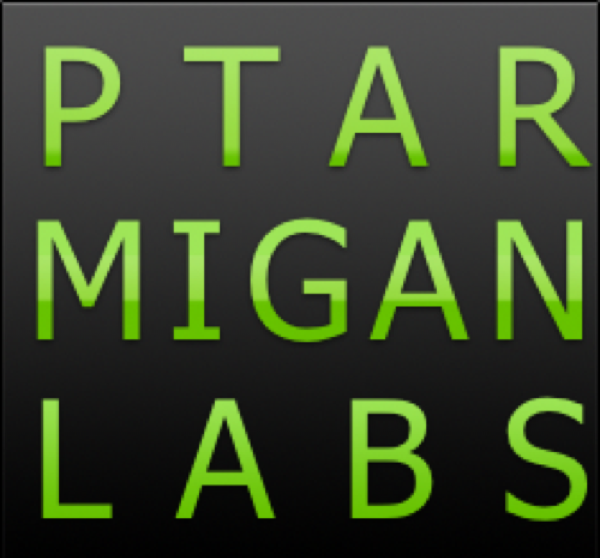Qonnections 2018 takeaways

Qlik’s annual Qonnections conference in Orlando wrapped up yesterday.
Three days packed with the latest from both the Qlikosphere in general and Qlik in particular.
I had more session conflicts (where I wanted to attend several interesting sessions at the same time) than during any previous year, which is a sign of interesting topics, hopefully also of high quality sessions.
Qlik Core
Not sure this is exactly how Qlik themselves present their product lineup, but here is how I see it:
So far there has been QlikView and Qlik Sense. They nicely handle the use cases where analytics will be provided via QlikView itself or the Qlik Sense client or mashups. Especially Sense also enables good self service solutions.
Then there is Qlik Analytics Platform, QAP. This is essentially Qlik Sense Enterprise minus the web client. Useful when you want to use the power of green-white-grey in your own apps. Typically you won’t know that QAP is used in such an app – QAP is simply feeding the app with data, just as it does with regular Sense apps.
There is also their cloud offering, which has matured a fair bit during past few months – it is more and more becoming a viable option to on-premise or private cloud solutions.
The new kid on the block is Qlik Core.
This is Qlik’s associative engine packaged in a Docker container. Might not seem like a big thing, but the implications and potential are nothing short of huge.
So far Qlik development has mainly been done in Qlik’s own tools. QlikView has its own editor, as does Qlik Sense. Sure, some companies use proper DevOps concepts, but it is relatively rare.
Qlik development has so far been its own subculture, largely detached from the wider software development community.
This changes with Qlik Core.
Core for everyone
With Core any developer familiar with Docker containers (that’s a lot of developers!) can use Qlik’s associative engine, using open source libraries such as Enigma.js and Halyard.js. Now Qlik is no longer some strange, closed source tool – it’s just a Docker container and a set of good APIs – something that will be much easier for regular developers to understand and use.
With Core, Qlik’s associative engine becomes unopinionated and developer friendly.
Core everywhere
Another key aspect of Core is performance. On one end it is very light weight (at Qonnections Qlik showed a version of it running on a Raspberry Pi).
On the other hand, Docker was created to enable highly scalable systems.
Qlik showed a video where they had 100k sessions (in which 10k were active at any given time) connected to a cluster of Qlik Core containers. The whole thing performed as expected, not only adding more containers when needed, but also scaling down when sessions ended. Performance on demand in other words – few companies can do this today, running on almost IOT-small devices to cloud scale.
Big Data blues
The Big Data Indexing concept was first shown at Qonnections 2017. A year later it is more mature and first release in late 2018 was mentioned in a main stage session.
Still, I think BDI will be a tough one for Qlik. The technology itself is very impressive indeed, but selling a product like that to a customer means talking to totally different people in the customer organisation, compared to selling QlikView or Qlik Sense.
The buyers will be technically very skilled, which means Qlik’s people at least need to match those skills. There are tons of smart and skilled people in Qlik sales and marketing, but few of them are today (as far as I know) world class when it comes to big data technology. Maybe BDI will be more of a partner product?
Open source focus
It was nice to see that Qlik is continuing, and even increasing, its open source programs. The core technology in the associative engine will remain closed source and licensed on commercial basis, but the surrounding libraries and tools are to a large degree open source today. Very cool and smart.
Best demos
Joe Bickley and Stefan Wahlter’s “Englishman in New York and German gentleman in lederhosen” demo was epic. Can’t remember last time I laughed so much at a conference demo. I think the actual demo was about Qlik’s multi cloud concept…
As for mic drop moments, during the second last session of the entire conference, Andrée Hansson shared experiences from scaling Qlik Core to cloud size. Seeing first hand how Qlik Core plays nicely with Kubernetes, scales up and down on demand was just awesome.
Best tech session
So many to choose from… Speros Kokenes “Up and Down the Qlik Tree API” session was really good though, explaining how the new tree API can be used to improve the performance of charts and visualisation extensions. Clear, concise slides and a clear message. Nice.
My own sessions
I had two sessions, “Know thy Qlik Sense environment” and “Redefining the Qlik Sense development process”.
The first session looked at how real time monitoring of Qlik Sense Enterprise environments can be done, while the other discussed how DevOps concepts (Git, Jenkins etc) can be used together with Qlik Sense.
Both went well, pretty much full houses with lots of good questions and discussions. Thanks everyone who attended!
gRPC
Yeah that’s an odd heading. gRPC is a protocol developed by Google for scalable and efficient service to service communication. It is used by Sense’s Advanced Analytics Connector to communicate with external systems like R, Python etc. This has been around for a while.
But Qlik is using gRPC more widely today. New connectors will use gRPC, and Qlik Core uses gRPC.
So… it should be possible for Qlik Sense to pull data from a highly scalable (Kubernetes backed, possibly) Qlik Core cluster. Not sure what the use case would be, other than a very cool tech demo. Either way – doing gRPC wherever possible will if nothing else make it easier to move away from running everything on Windows servers.
The unclear
During the first day’s main stage event it was mentioned that a new, much more generous migration policy from QlikView to Qlik Sense would be deployed. Then I heard exactly zero about this during the rest of the conference. Maybe the partners got more info – still this was something that quite a people felt was left unanswered.
With so many new, cool and important features launched by Qlik, it is easy to forget the basics.
The charts that ship with Qlik Sense are still not good enough. I know — improvements are coming — the cognitive engine has the capacity to transform how end users build their own dashboards — but I still think the standard Sense charts should be a lot better. Sense is still behind several competitors in this space. With extensions from Vizlib or Climber things improve, but that also means extra costs.
The bad
One session I attended sounded very interesting based on the session description. The session turned out to be something totally different though, only vaguely touching on the topics mentioned in the description. A total waste of time.
Call to all session speakers: Make sure to talk about what’s mentioned in the session description. That description is why people attend your session.
Looking ahead – wild thoughts
With Qlik Core hopefully being commercially available during 2018, maybe someone will build an alternate Sense client?
Or will Qlik Core be used as a high performance backend by Qlik competitors? Online only analytics services could certainly benefit from that kind of setup. Not sure how Qlik would view that, but if it brings them revenue – why not?
Continuing that train of thought, will Qlik become more of a platform provider? If Qlik Core really takes off, QlikView, Qlik Sense, Nprinting etc will become relatively (much!) smaller parts of Qlik’s revenue base. Would that be good or bad? Not sure. Time will tell.
